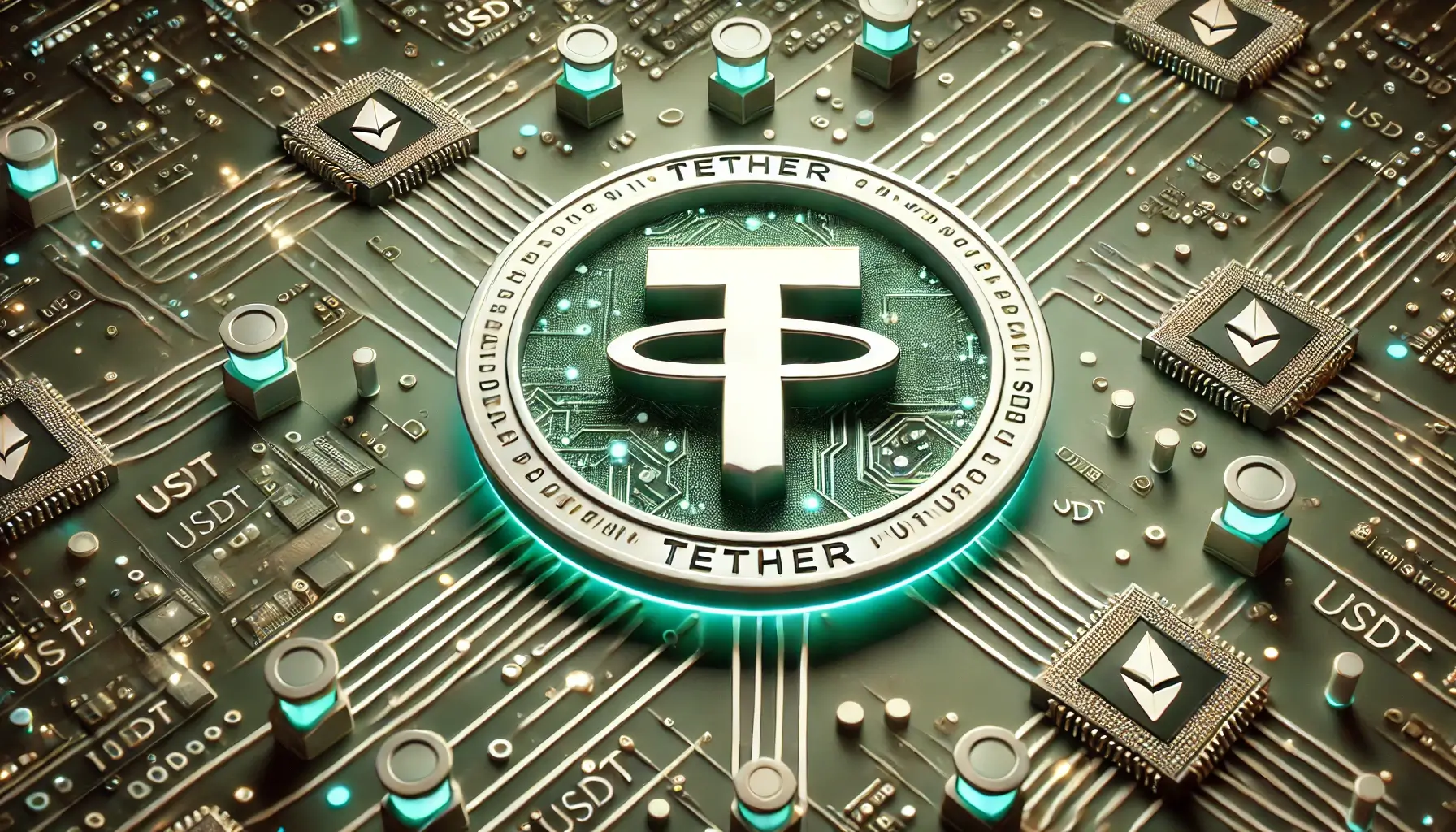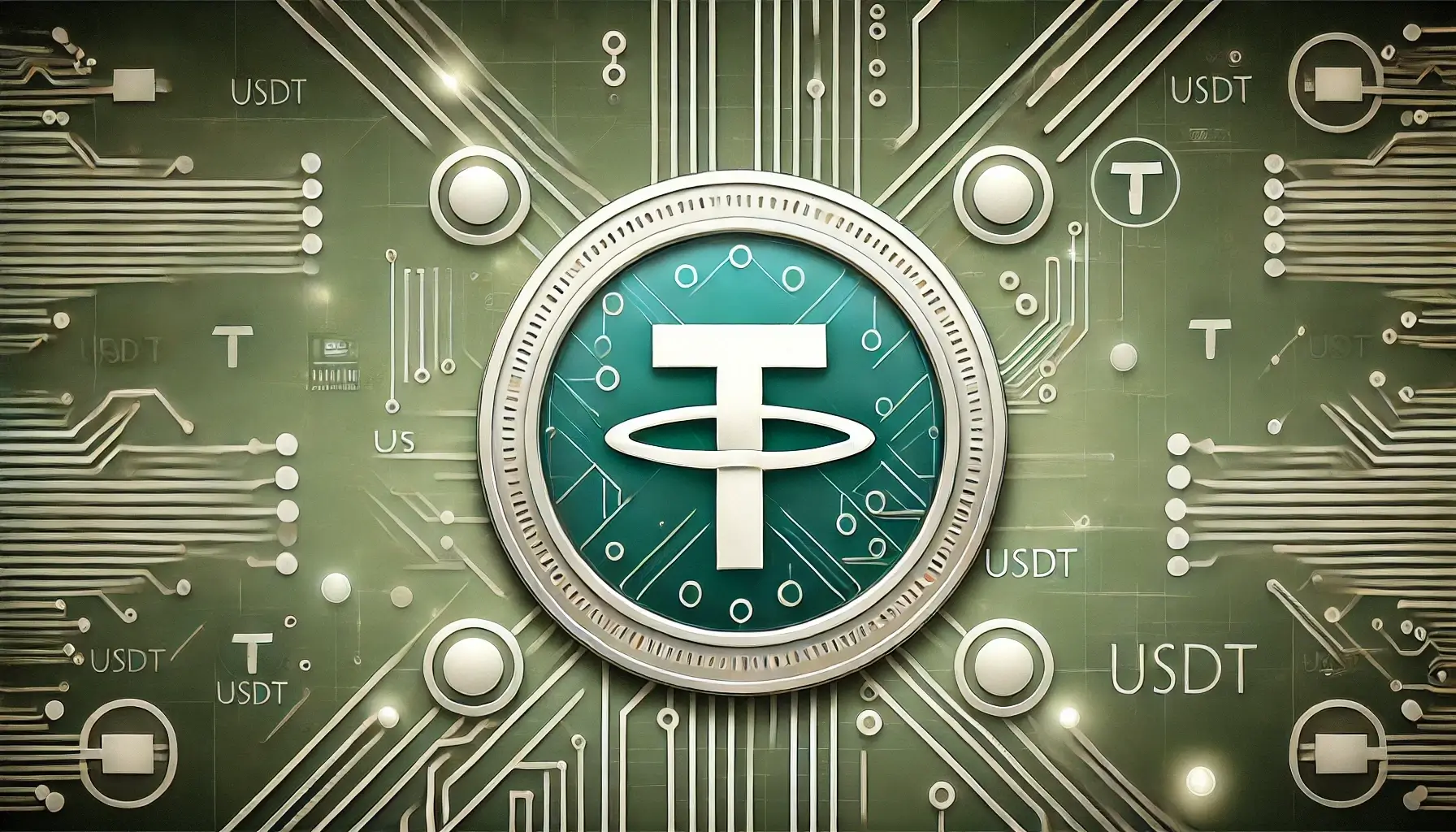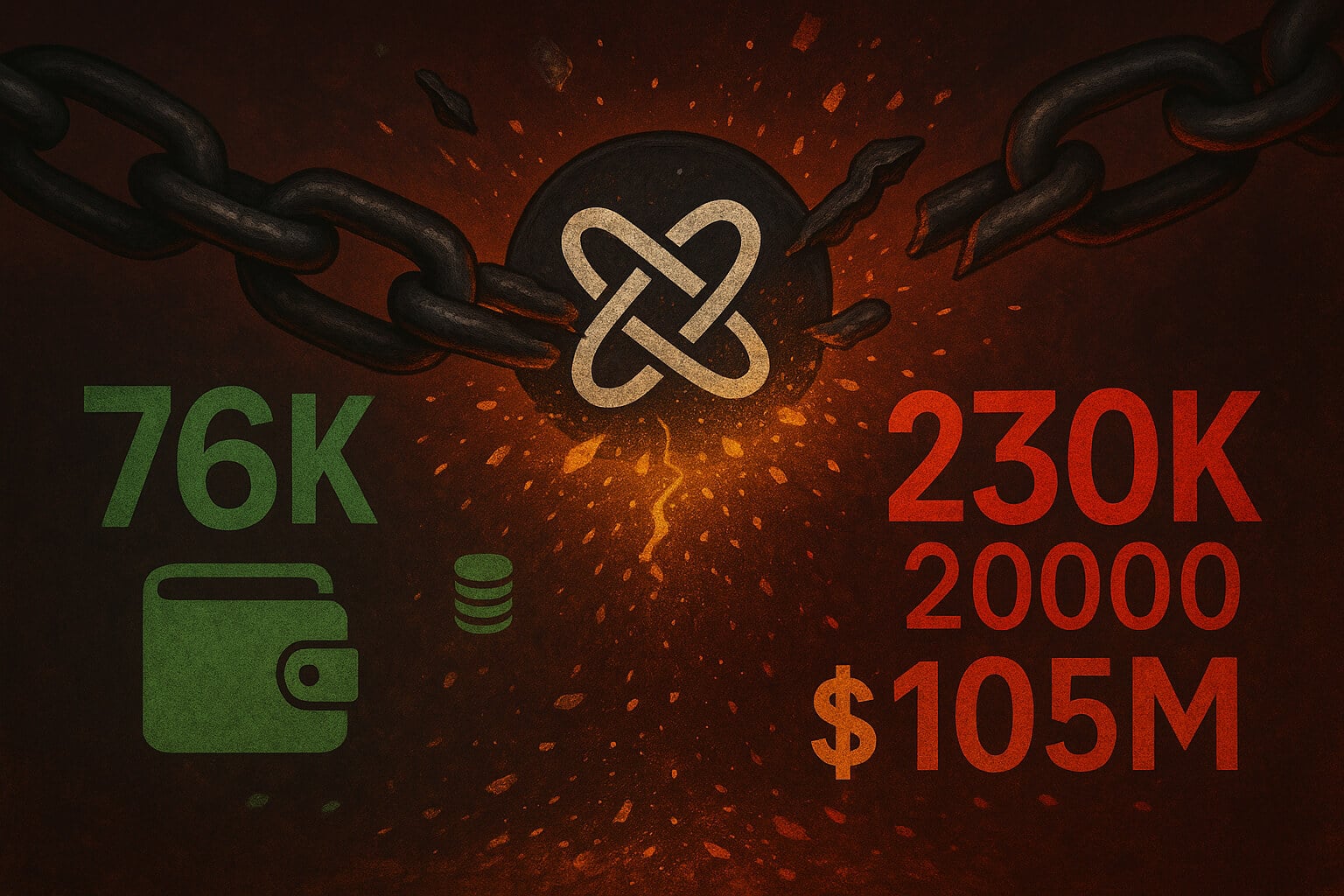Tether (USDT) Guide: The Ultimate Guide
Introduction
Tether (USDT) is one of the most widely used stablecoins in the cryptocurrency market, offering the stability of the US dollar with the flexibility of a digital currency. This guide dives into the world of USDT, covering its history, underlying technology, applications, advantages, risks, and future outlook. Learn how to utilize USDT effectively in your crypto endeavors. Plus, find out how to buy and sell SHIB on Bybit and get a $30,000 deposit bonus with our special link!

History of Tether (USDT)
Tether was introduced in 2014 by a group of developers including Brock Pierce, Reeve Collins, and Craig Sellars. It was designed to bridge the gap between fiat currencies and cryptocurrencies, providing stability in the highly volatile crypto market.
Key Milestones:
- 2014: Tether is launched, initially named Realcoin.
- 2015: Renamed to Tether (USDT) and gains traction in the crypto community.
- 2017: Becomes the second most traded cryptocurrency by volume, after Bitcoin.
- 2020: USDT’s market capitalization surpasses $10 billion, solidifying its position in the market.
For more details on Tether’s journey, visit Tether.
Technology Behind Tether (USDT)
Tether operates on multiple blockchain platforms, ensuring wide compatibility and usability.
Key Technological Features:
- Omni Layer: Initially issued on the Bitcoin blockchain via the Omni Layer protocol.
- ERC-20 Token: Available on the Ethereum blockchain, allowing for smart contract functionality.
- TRC-20 Token: Issued on the TRON blockchain, offering faster and cheaper transactions.
For a deeper dive into USDT’s technology, check out the Tether Whitepaper.

Applications of Tether (USDT)
Tether has evolved from a simple stablecoin to a widely used financial instrument in the crypto ecosystem.
Major Use Cases:
- Trading: Provides stability for traders during market volatility.
- Remittances: Used for fast and low-cost international transfers.
- DeFi: Integrated into various decentralized finance platforms for lending, borrowing, and yield farming.
- Payments: Accepted by various merchants and service providers.
To see how businesses and individuals are leveraging USDT, visit Tether Use Cases.
Advantages of Tether (USDT)
- Stability: Pegged to the US dollar, providing a stable store of value.
- Liquidity: Highly liquid, with a significant presence on major exchanges.
- Speed: Fast transactions, especially on the TRON network.
- Accessibility: Available on multiple blockchains, ensuring broad compatibility.
These advantages make USDT a preferred choice for traders and investors seeking stability.
Disadvantages of Tether (USDT)
- Centralization: Controlled by Tether Limited, raising concerns about centralization.
- Transparency: Past controversies regarding the backing of USDT reserves.
- Regulatory Risks: Subject to regulatory scrutiny and potential legal challenges.
Future Outlook for Tether (USDT)
The future of Tether depends on maintaining its peg to the US dollar and expanding its use cases in the evolving crypto market.
Price Stability:
- Stable Value: Aims to maintain a 1:1 peg with the US dollar.
- Market Confidence: Dependent on Tether Limited’s ability to uphold transparency and regulatory compliance.
To explore Tether’s price history in detail, check out CoinMarketCap.
How to Use Tether (USDT)
To use USDT, you can easily buy and sell it on numerous cryptocurrency exchanges, or utilize it within DeFi platforms. Make sure to choose the blockchain network that best suits your transaction needs, whether it’s Ethereum, TRON, or another supported platform.
How to Buy and Sell Tether (USDT) on Bybit
To buy and sell Tether (USDT), you can use Bybit, a popular cryptocurrency exchange. By using our special link, you can receive a deposit bonus of up to $30,000! Sign Up on Bybit.

Get more informations about the other Top Cryptocurrencies!
Stay Updated
For the latest airdrops and crypto news, follow us on:
















